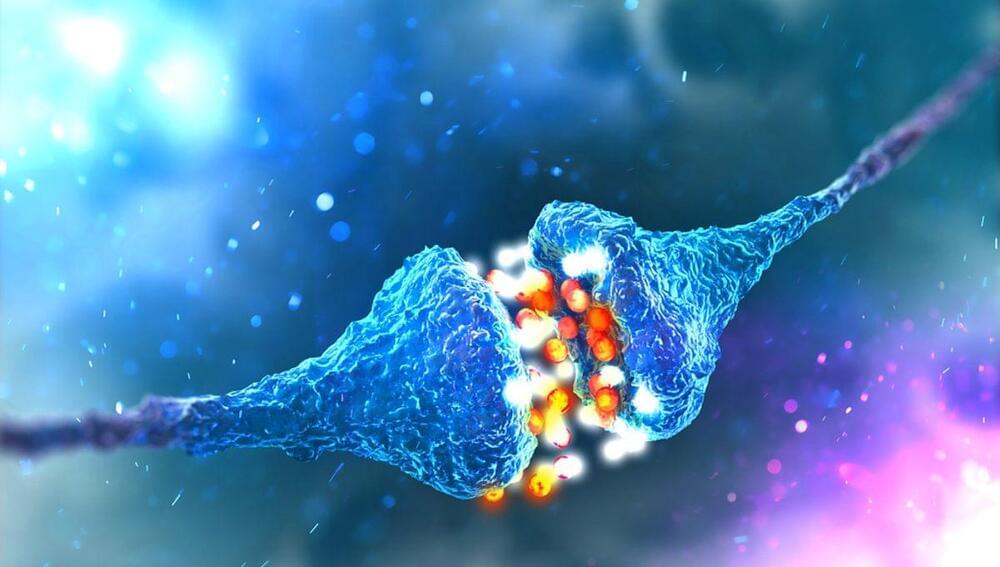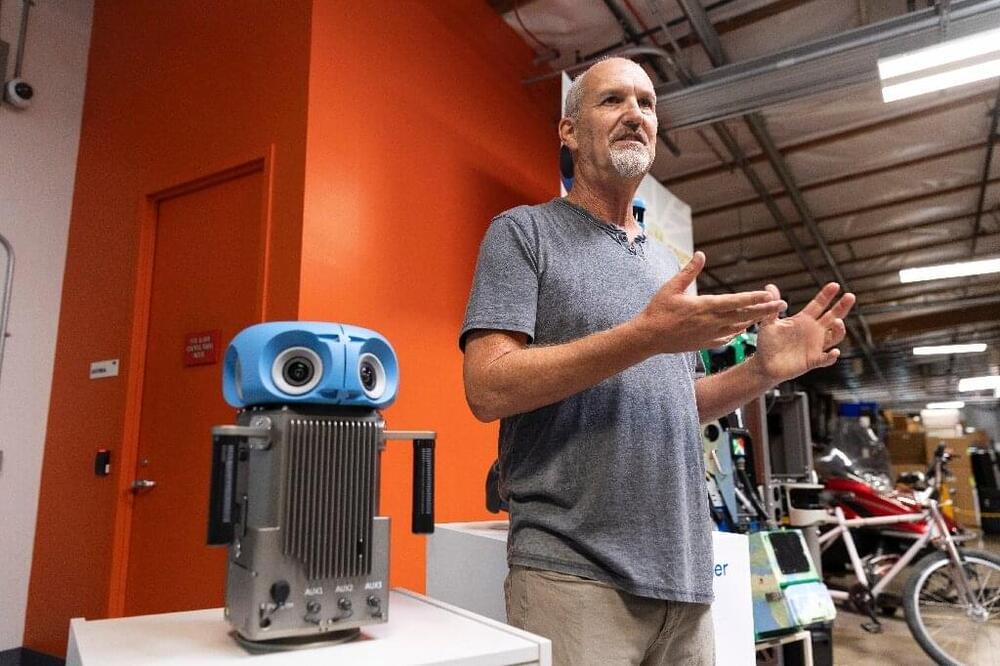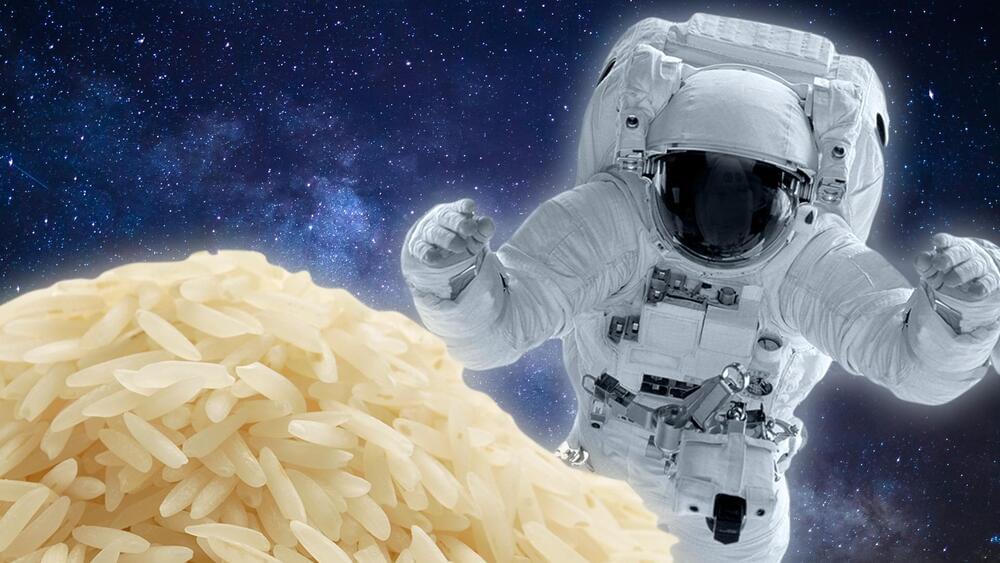At Hot Chips, CEO Pat Gelsinger said Intel has everything it needs to put a trillion transistors in a package by 2030.





Creating images from text in seconds—and doing so with a conventional graphics card and without supercomputers? As fanciful as it may sound, this is made possible by the new Stable Diffusion AI model. The underlying algorithm was developed by the Machine Vision & Learning Group led by Prof. Björn Ommer (LMU Munich).
“Even for laypeople not blessed with artistic talent and without special computing know-how and computer hardware, the new model is an effective tool that enables computers to generate images on command. As such, the model removes a barrier to ordinary people expressing their creativity,” says Ommer. But there are benefits for seasoned artists as well, who can use Stable Diffusion to quickly convert new ideas into a variety of graphic drafts. The researchers are convinced that such AI-based tools will be able to expand the possibilities of creative image generation with paintbrush and Photoshop as fundamentally as computer-based word processing revolutionized writing with pens and typewriters.
In their project, the LMU scientists had the support of the start-up Stability. Ai, on whose servers the AI model was trained. “This additional computing power and the extra training examples turned our AI model into one of the most powerful image synthesis algorithms,” says the computer scientist.

A multi-institute research team led by BGI-Research has used BGI Stereo-seq technology to construct the world first spatiotemporal cellular atlas of the axolotl (Ambystoma mexicanum) brain development and regeneration, revealing how a brain injury can heal itself. The study was published as a cover story in the latest issue of Science.
The research team analyzed the development and regeneration of salamander brain, identified the key neural stem cell subsets in the process of salamander brain regeneration, and described the reconstruction of damaged neurons by such stem cell subsets. At the same time, the team also found that brain regeneration and development have certain similarities, providing assistance for cognitive brain structure and development, while offering new directions for regenerative medicine research and treatment of the nervous system.
In contrast to mammals, some vertebrates have the ability to regenerate multiple organs, including parts of the central nervous system. Among them, the axolotl can not only regenerate organs such as limbs, tail, eyes, skin and liver, but also the brain. The axolotl is evolutionarily advanced compared to other teleost, such as zebrafish, and its brain features a higher similarity to mammalian brain structure. Therefore, this study used the axolotl as an ideal model organism for research into brain regeneration.

Scientists from the Janelia Campus at Howard Hughes Medical Institute have made a surprising discovery, and it might help explain how brain cells communicate long-term changes to each other. Their findings, reported in the journal Cell, describe a new synapse between axons and primary cilia – hair-like structures present on different cell types including neurons.
Synapses normally span between the axon of one neuron and the dendrite of another, however, the new findings suggest that axons could take an alternative, shorter route and connect to special junctions of primary cilia to rapidly signal information to the cell’s nucleus, forming a new kind of synapse not seen before.
“This special synapse represents a way to change what is being transcribed or made in the nucleus, and that changes whole programs,” Janelia Senior Group Leader David Clapham, whose team led the new research, said in a statement.

Fifteen years after its launch, a Google Maps feature that lets people explore faraway places as though standing right there is providing a glimpse of the metaverse being heralded as the future of the internet.
There was not yet talk of online life moving to virtual worlds when a “far-fetched” musing by Google co-founder Larry Page prompted Street View, which lets users of the company’s free navigation service see imagery of map locations from the perspective of being there.
Now the metaverse is a tech-world buzz, with companies including Facebook parent Meta investing in creating online realms where people represented by videogame-like characters work, play, shop and more.

Google employees are ratcheting up pressure on the internet-search giant to abandon its artificial intelligence work with the Israeli government, planning public demonstrations to draw greater attention to the controversial cloud-computing contract.
A handful of current and former workers spoke on Wednesday alongside Palestinian rights activists in San Francisco to call for the Alphabet Inc.-owned company to end Project Nimbus, a $1.2 billion contract through which Google and Amazon.com Inc. provide the Israeli government and military with AI and cloud services. The seven-year contract went into effect in July 2021. A petition protesting the agreement has received 800 signatures from Google employees, according to one of the organizers.
Source: World Wide Wind.
Their VAWTs employ two sets of contra-rotating blades to produce double the output of today’s biggest turbines, the company says.
